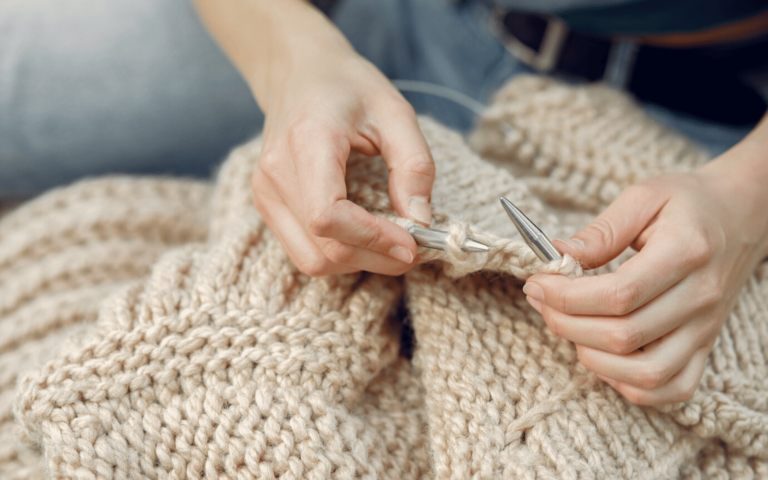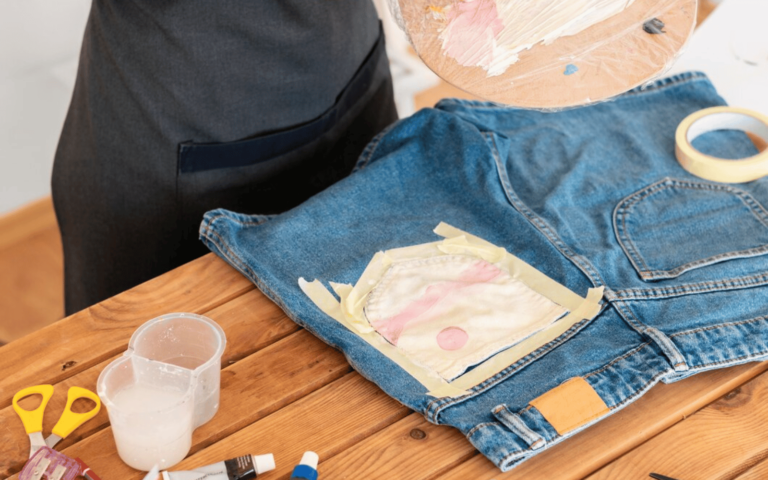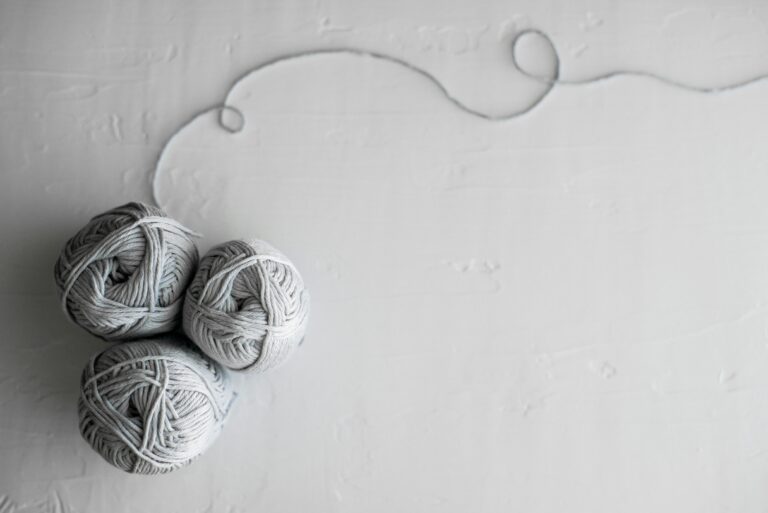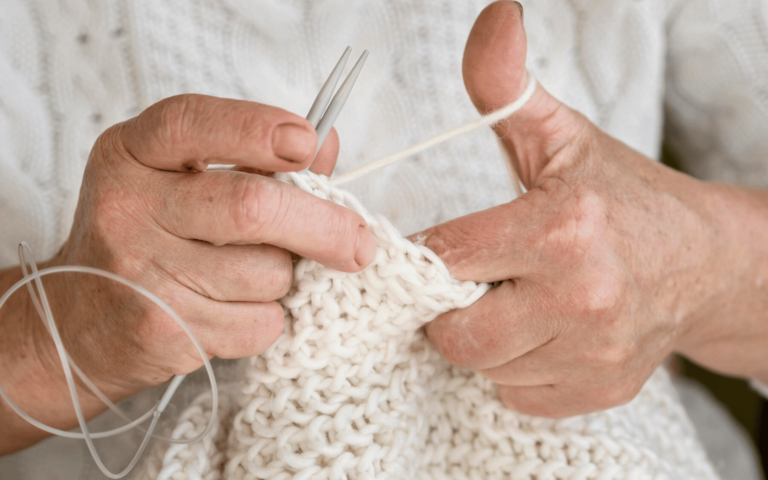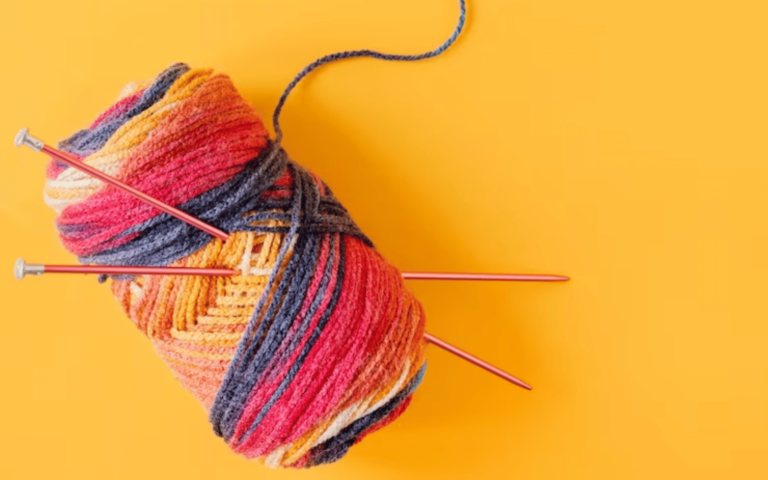Crocheting with Macramé: Tutorial for Beginners
Crocheting and macramé represent two diverse yet intricately connected crafting methods that have captured the attention of artists, hobbyists, and creative minds alike. Understanding the fusion of these two techniques not only broadens the horizon of crafting possibilities but also nurtures a unique skill set for producing a variety of beautiful creations. As we embark on this journey, it’s essential to comprehend the significance of learning crocheting with macramé, unlocking the door to a world of innovative design, self-expression, and practical crafting.
The symbiotic relationship between crocheting and macramé brings forth a myriad of opportunities for enthusiasts. Learning to intertwine these methods not only enhances skill but also opens doors to the creation of stunning items, be it intricate wearables, home décor, or personalized gifts. The primary objective of this tutorial is to guide beginners through the basics of crocheting and macramé, providing a comprehensive understanding of the tools, techniques, and the combined utilization of these crafts.
Understanding Crocheting and Macramé
Diving into the world of crocheting and macramé involves understanding their core differences and similarities. Crocheting, a technique using a hook and yarn to create a fabric, is characterized by its versatile nature. In contrast, macramé utilizes knotting patterns to form various decorative pieces, often using cords or ropes. While both crafts involve working with threads or fibers, the tools and techniques employed in each art form distinctly differ, making them complementary yet distinct.
Tools and materials are the backbone of any crafting endeavor. For crocheting, the primary tools include crochet hooks of various sizes and Sorts, enabling the creation of different stitch sizes and patterns. The choice of yarns or threads is equally important, influencing the texture, drape, and overall appearance of the final piece. Macramé, on the other hand, involves cords of different materials such as cotton, jute, or nylon, along with specialized tools like macramé boards or frames, which aid in creating intricate knotting designs.
Basic techniques in crocheting encompass a variety of stitches, including chain stitches, single, double, and triple crochet, and intricate designs such as the granny square. In macramé, the foundation lies in understanding various knots like the square knot, half-hitch knot, clove hitch, and more. Understanding and practicing these basic techniques are pivotal to advancing in both crocheting and macramé, forming the cornerstone of all subsequent creations.
Getting Started: Crocheting Essentials
Choosing the right yarn or thread for crocheting is an art in itself. Variations in weight, fiber content, and texture impact the final output. Beginners are advised to start with medium-weight yarn and smooth, light-colored threads to better observe their stitches. Similarly, the selection of crochet hooks is ; varying hook sizes affect the tension and overall size of the finished piece. Accommodating a variety of hook sizes in one’s toolkit is beneficial for versatile crafting.
Reading and understanding crochet patterns is an essential skill. Patterns often contain abbreviations and symbols that denote specific stitches or actions. Learning the ability to decipher these instructions is fundamental for executing intricate designs. Additionally, comprehension of crochet charts, which visually represent the stitches and rows, aids in understanding complex patterns and is a skill worth acquiring for more intricate projects.
Macramé Fundamentals
Macramé, with its focus on intricate knotting techniques, requires an understanding of various knots and their application in crafting. The square knot, for instance, is one of the fundamental knots used in macramé, formed by overlapping two sets of cords and alternating left and right to create a symmetrical design. The half-hitch knot is another basic knot commonly used in creating macramé patterns. The Sorts of cords used in macramé vary in material, thickness, and texture, allowing for diverse creative possibilities. Cotton cords are popular for their softness and flexibility, while jute cords provide a rustic appearance, and nylon cords offer durability. Different materials suit different projects, and experimenting with various cords can produce distinct visual and textural effects in macramé creations.
Crocheting Basics for Beginners
To initiate crocheting, creating a foundation chain is the starting point for most projects. This initial chain serves as the base for subsequent rows, determining the width of the piece. Learning basic crochet stitches, such as the chain stitch, single crochet, double crochet, and triple crochet, sets the groundwork for creating various textures, patterns, and designs.
Understanding crochet gauge, which refers to the number of stitches and rows per inch, is for achieving accurate measurements in a pattern. Deviations in gauge can alter the final dimensions of a project, making it essential to match the gauge indicated in the pattern by adjusting hook size or tension.
Starting Macramé Projects
Understanding essential macramé knots is fundamental in initiating macramé projects. The square knot, consisting of right and left half-knots, forms a symmetrical design and is widely utilized in various patterns. Understanding the technique behind creating these knots is for executing intricate and visually appealing macramé pieces. Combining crochet with macramé techniques presents a world of innovative opportunities. Integrating crocheted elements into macramé designs or vice versa allows for unique texture combinations and visual effects. Understanding the interplay between these techniques aids in creating exclusive and personalized pieces.
Intermediate Crocheting Techniques
Examining advanced crochet stitches opens a realm of creative possibilities. Stitches such as the shell stitch, popcorn stitch, or cable stitches add intricacy and texture to projects. Utilizing crochet patterns and charts becomes more prevalent in intermediate projects, providing a broader scope for complex designs. Crocheting in the round involves creating shapes like circles and spirals without a definitive starting point or seam. This technique is commonly used in creating hats, amigurumi, and doilies. Understanding the techniques involved in crocheting in the round broadens the scope for various projects and shapes.
Advancing in Macramé
Advancing in macramé involves delving into more complex knot combinations. Understanding intricate designs using multiple knots and varying cord placement elevates the visual appeal of macramé pieces. Incorporating beads and embellishments into macramé projects further enhances their aesthetic value, adding depth and personalization to creations. Macramé wall hangings and plant hangers are popular and visually appealing projects for those advancing in the craft. Creating large-scale pieces involves applying various knotting techniques and design concepts. These larger projects offer a canvas for more intricate and detailed designs, allowing for creative expression on a grander scale.
Projects for Practice and Application
Engaging in simple crochet projects aids in strengthening foundational skills and boosting confidence in execution. Crafting items such as dishcloths, scarves, or simple wearables provides ample practice for beginners to refine their crocheting abilities. Macramé décor and accessories serve as ideal projects for practice and application. Crafting items like wall hangings, keychains, or plant hangers allows for experimentation with different knotting techniques and cord variations. These smaller projects provide a platform for honing skills before venturing into more complex macramé pieces.
Troubleshooting and Improving Skills
Identifying and correcting crocheting errors is a skill for all crafters. Common mistakes include dropped stitches, incorrect stitch counts, or tension issues. Understanding how to rectify these mistakes is pivotal to ensuring a seamless and professional finish to crocheted projects. Utilizing techniques like “frogging” (undoing stitches) or using stitch markers to maintain accuracy throughout a project are essential skills for any crocheter.
Similarly, in macramé, mistakes in knotting or tension can alter the overall design. Identifying where a knot has been misplaced or the tension is incorrect is in maintaining the integrity of the piece. Techniques like “reverse knotting” or using pins to mark specific spots in intricate designs assist in rectifying errors and maintaining consistency in macramé projects. Refining techniques for better results involves consistent practice, patience, and a willingness to learn from mistakes. Practicing regularly, experimenting with different materials, and testing various patterns contribute to the improvement of skills in both crocheting and macramé.
Showcasing Your Creations
Photographing and displaying crocheted and macramé pieces effectively can be as as the creation process itself. Proper lighting, composition, and angles play a significant role in highlighting the intricacies of a piece. Capturing close-ups and providing context through lifestyle settings can add depth to the presentation. Sharing projects online, whether through social media platforms, crafting forums, or personal blogs, offers a vast audience the opportunity to appreciate and learn from one’s work. Engaging with crafting communities, seeking and providing feedback, and sharing experiences and techniques fosters a sense of belonging and continual growth in the crafting journey. Additionally, considering the potential for selling handmade creations or gifting them to friends and family is an exciting prospect. Taking the necessary steps to present these items professionally, such as creating labels, packaging, and possibly establishing an online presence, enables crafters to share their passion with a broader audience.
Maximizing the Benefits of Crochet and Macramé Crafts
Crocheting and macramé, two distinguished crafting techniques, have long been cherished for their therapeutic qualities and the sense of accomplishment they impart. Both crafts offer an accessible entry point for beginners and a profound depth of mastery for those who persist. The process of creating something beautiful and functional from simple materials like yarn and cords can be remarkably satisfying. As novices transition from learning the basic stitches and knots to completing entire projects, they often find their confidence growing alongside their skill sets.
For individuals seeking a productive hobby, crocheting and macramé can be ideal. The rhythmic motions and repetitive patterns involved in both crafts can serve as a calming activity, helping crafters to unwind after a busy day. Moreover, the physical act of crafting can improve fine motor skills and encourage the development of a more focused, patient mindset. These crafts do not demand rapid results; rather, they reward diligence and perseverance, traits valuable in all areas of life.
Crocheting and macramé also provide an excellent opportunity for personal expression. The choice of materials—from delicate threads to robust yarns—and the infinite palette of colors enable crafters to express their personal style and taste. Projects can range from small, manageable pieces like coasters and placemats to larger, more ambitious works such as blankets, wall hangings, and even clothing. Each completed project adds to a portfolio of work that not only showcases skill but also personal growth and style evolution.
For those who enjoy social interaction, crocheting and macramé can act as bridges to meet like-minded individuals. Many communities offer groups and workshops, which serve as gathering spaces for enthusiasts to share tips, patterns, and inspiration. Participating in such groups can enhance one’s learning curve, provide motivation to tackle more complex projects, and forge friendships based on shared interests.
Beyond the personal and social benefits, crocheting and macramé can have practical applications. Handcrafted items make thoughtful, personalized gifts that are often greatly appreciated. They can also be sold, providing a potential source of income. Markets for handmade goods have grown, thanks in part to the internet, which allows artisans to reach a global audience eager for unique, quality products made with care.
As beginners advance their skills, they may encounter common challenges such as uneven tension in their stitches or knots, or difficulty in reading patterns. However, these challenges are simply part of the learning process. Many resources are available, from online tutorials to books and community classes, which can help overcome these hurdles. Persistence and patience are key, as even experienced crafters occasionally face projects that require multiple attempts to perfect.
In summary, engaging in crocheting and macramé can offer more than just the end products of one’s labor. These crafts can enhance well-being, foster community, and even offer economic benefits. As such, they are a worthwhile pursuit for anyone looking to develop a new skill while reaping numerous rewards. Whether the goal is to create a cozy scarf or a complex tapestry, each loop knotted and each stitch crocheted is a step toward achieving a fulfilling and enriching crafting journey.
Outcome
In the end, the fusion of crocheting with macramé opens a world of creative opportunities for beginners and seasoned crafters alike. Understanding the fundamentals, tools, and techniques of both crafts paves the way for intricate and beautiful creations. From initiating basic stitches to having a look at complex designs, troubleshooting errors, and showcasing the final pieces, this comprehensive tutorial serves as a guide for enthusiasts seeking to embark on a journey through the realms of crocheting and macramé.
Continual learning, practice, and analyzing are pivotal in learning these crafts. Embracing the joy of creation, sharing experiences, and engaging with a broader community ensures continual growth and inspiration in the world of crafting. With dedication and a thirst for knowledge, anyone can dig into the endless possibilities offered by the amalgamation of crocheting with macramé. Crafting, at its core, is a journey of self-expression and creativity. It’s a realm where one’s imagination and skills intertwine to produce tangible works of art. As the journey continues, the beauty lies not only in the final pieces but in the experience and the growth that accompanies the crafting process. Cheers to the intricate stitches, the delicate knots, and the endless possibilities that crocheting with macramé brings forth.


